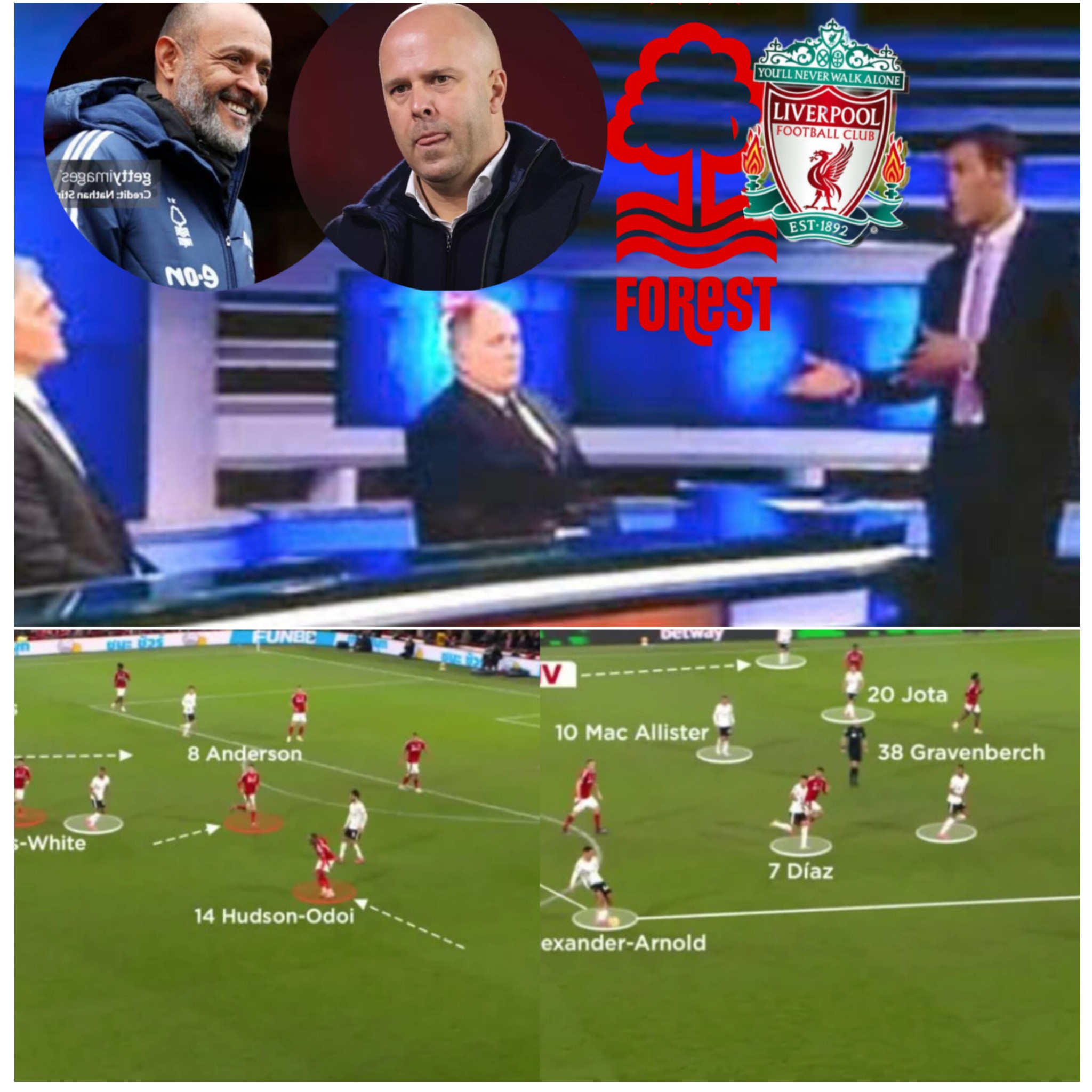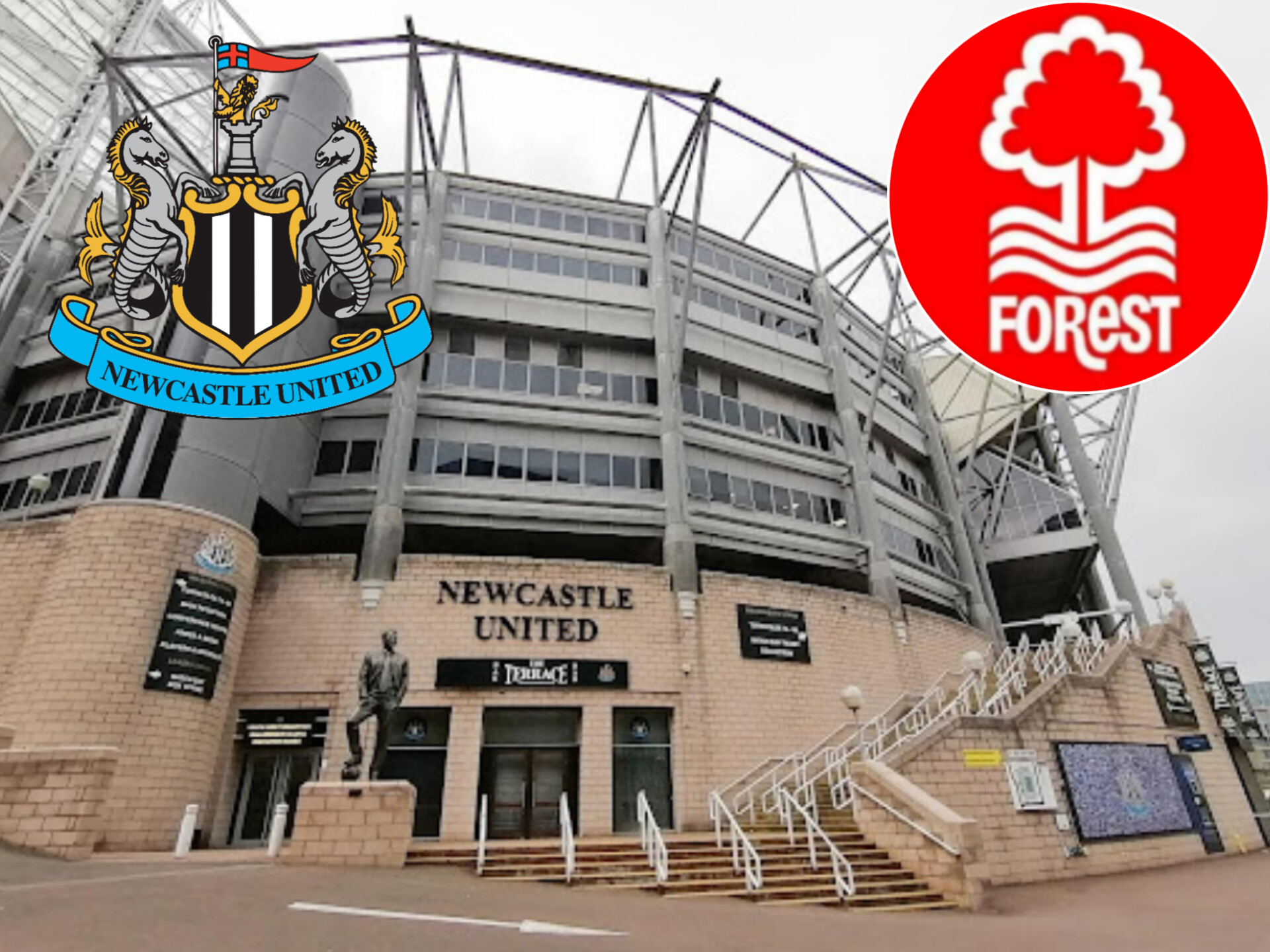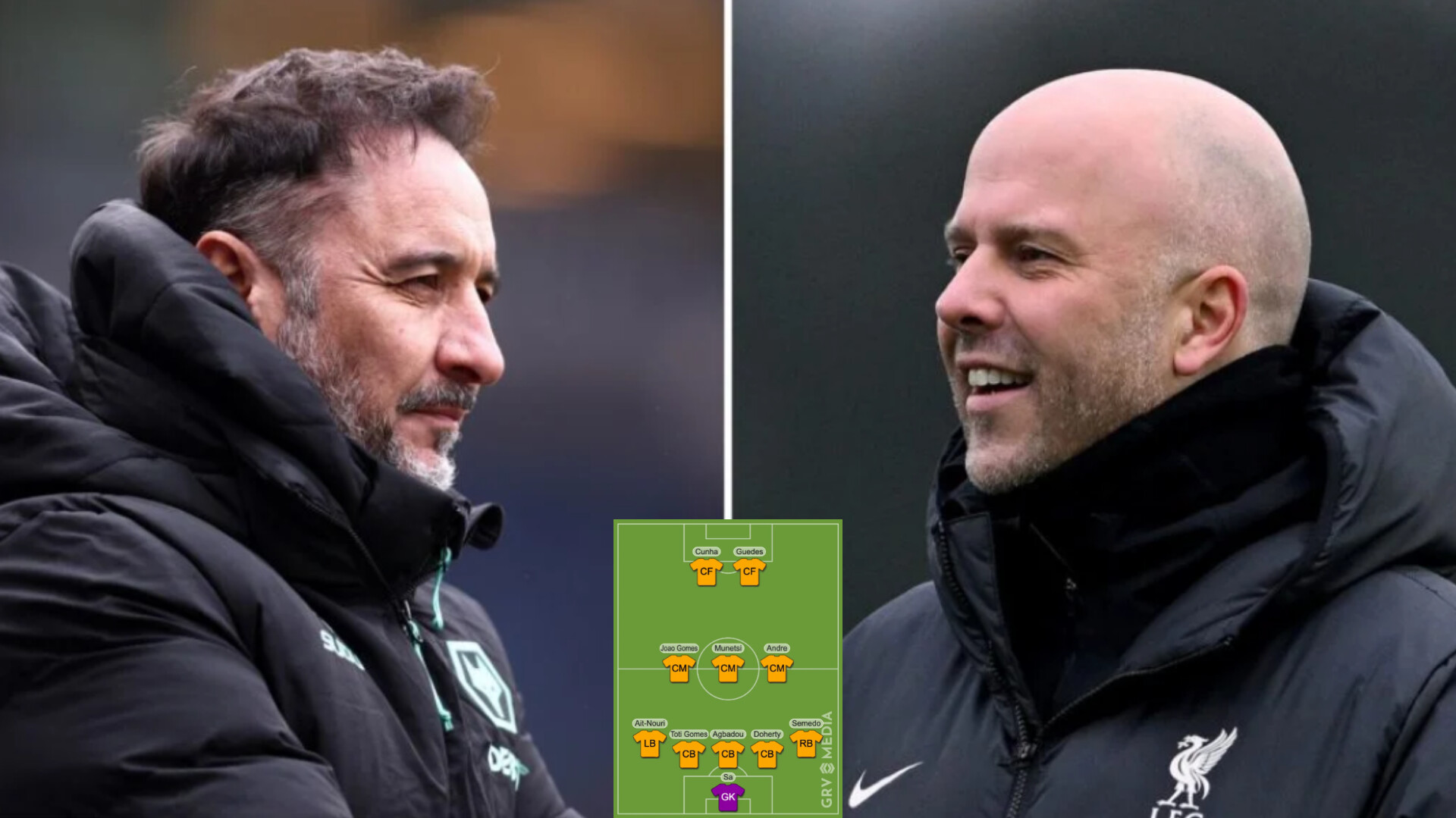Nottingham Forest showcased their credentials as serious Premier League contenders by holding league leaders Liverpool to a dramatic 1-1 draw at the City Ground. The result saw Forest temporarily climb to second in the table, six points behind Liverpool, albeit having played one game more. Both teams walked away feeling a tinge of disappointment, in a match that rekindled memories of their storied title-race battles in decades past.
From the outset, the tactical clash was evident. Forest largely conceded possession to Liverpool, aiming to stifle their advances in the final third. Their defensive solidity paid immediate dividends when Chris Wood struck in the eighth minute, finishing a swift two-pass counter-attack to net his 13th league goal of the season. This early blow gave the hosts something to defend, supported by a roaring home crowd and their formidable defensive record of five consecutive clean sheets. Liverpool, despite dominating possession, struggled to create clear chances and were limited to speculative long-range efforts throughout the first half.
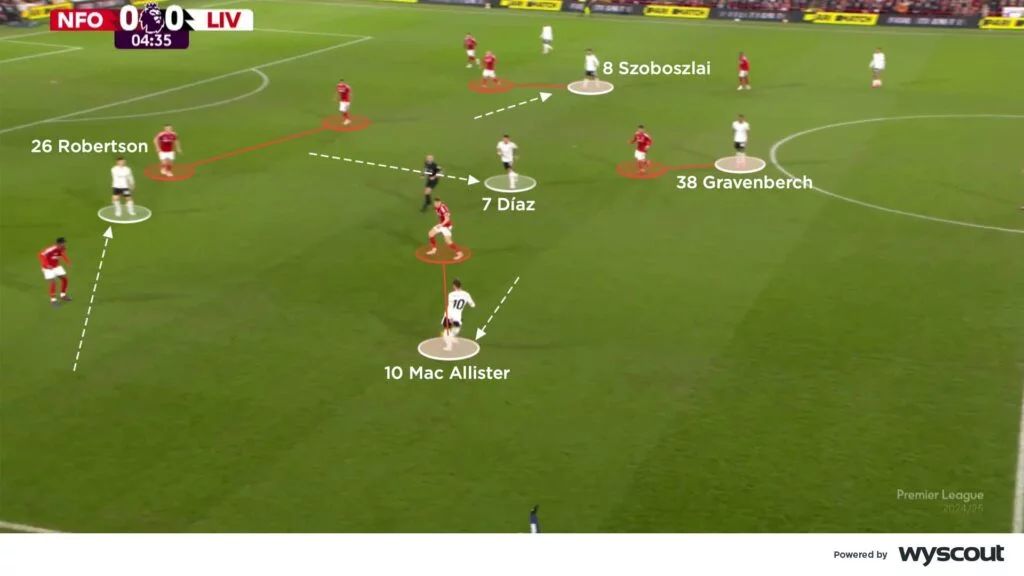
The second half, however, told a different story. Liverpool manager Arne Slot made decisive substitutions on 66 minutes, introducing Kostas Tsimikas and Diogo Jota. The changes paid off instantly, as Tsimikas delivered a pinpoint corner that Jota nodded in with his first touch, leveling the score and shifting the momentum. Buoyed by the goal, Liverpool intensified their pressure, creating wave after wave of attacks. Despite being stretched and fatigued, Forest’s defenders threw themselves into blocks and tackles, with goalkeeper Matz Sels making crucial saves to keep his side in the game.
Tactical Insights: How the Managers Approached the Game

Forest boss Nuno Espírito Santo praised his side’s defensive organization, saying, “The first half was organized; we didn’t allow too many chances to Liverpool. They had possession but couldn’t break us. We knew the second half would be challenging, and that’s when Liverpool’s speed and talent became dangerous.” Meanwhile, Slot acknowledged Forest’s resilience: “We dominated for 98 minutes, conceding only one counter-attack—but, unfortunately, they scored from it. Credit to Forest for their defense; they put everything on the line and had an outstanding goalkeeper tonight.”
First-Half: Forest’s Defensive Resolve

Forest’s 4-2-3-1 formation allowed them to absorb Liverpool’s attacks effectively. Morgan Gibbs-White closely marked Ryan Gravenberch, nullifying his influence as a single pivot, while Forest’s compact midfield blocked central passing lanes. This forced Liverpool’s wide players, particularly Luis Díaz and Andy Robertson, to rotate positions in search of space. Despite occasional flashes of creativity, Liverpool couldn’t penetrate Forest’s disciplined low block and ended the first half without a shot on target.
Forest, on the other hand, executed their counter-attacking plan to perfection. Chris Wood’s goal epitomized their direct and purposeful approach, as Callum Hudson-Odoi and Anthony Elanga combined to break Liverpool’s midfield lines and set up Wood for a composed finish. Forest’s front line, led by the physical presence of Wood, consistently tested Liverpool’s defensive shape, while Ryan Yates and Gibbs-White orchestrated transitions from midfield.
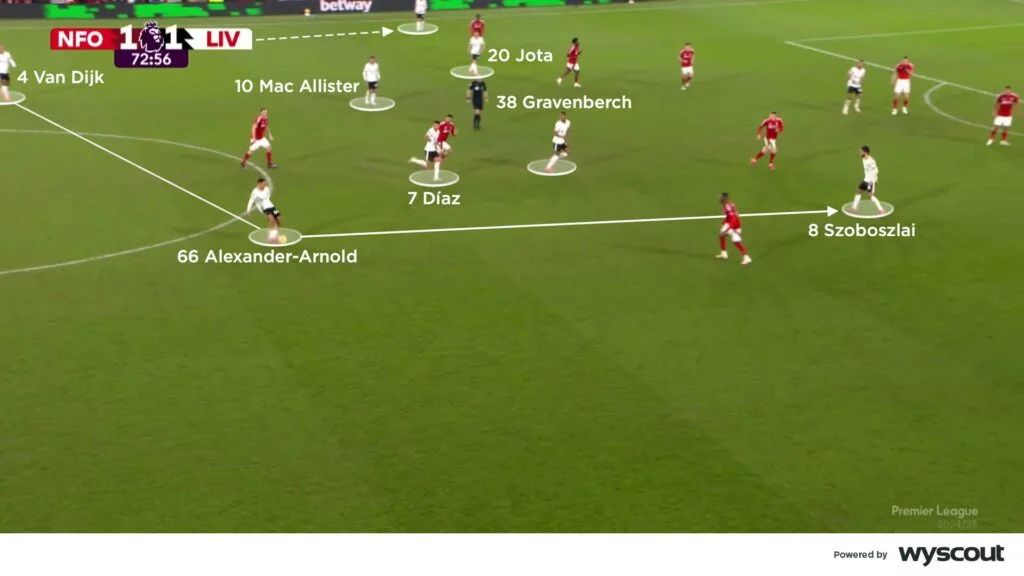
Second-Half Adjustments: Liverpool’s Dominance
After the break, Liverpool’s center-backs, Virgil van Dijk and Ibrahima Konaté, began stepping into midfield with the ball, forcing Forest to adjust their defensive shape. Quick switches of play created openings, allowing Liverpool to attack with more fluidity. Slot’s double substitution was the turning point, with Tsimikas and Jota immediately combining for the equalizer.
Liverpool’s attacking structure became increasingly aggressive, with Trent Alexander-Arnold and Van Dijk forming a two-man backline and Tsimikas operating as an advanced wing-back. Gravenberch pushed into midfield to offer additional central passing options, while Mohamed Salah and Díaz worked the flanks to create 1v1 opportunities against Forest’s full-backs.
Despite Liverpool’s dominance, Forest’s tactical discipline held firm. Nuno Espírito Santo eventually switched to a back five to absorb Liverpool’s relentless pressure, limiting the visitors to just one goal. Forest’s ability to restrict Liverpool to seven shots on target, despite conceding 68% possession, highlighted their defensive resilience.
Final Thoughts
Both teams will have reasons for optimism and regret. Forest’s defensive organization and tactical discipline demonstrate their evolution under Nuno Espírito Santo, proving they belong among the league’s elite. Meanwhile, Liverpool’s second-half resurgence showcased their character and attacking depth, even if their wastefulness in front of goal cost them two points.
As the title race intensifies, this match serves as a reminder of the fine margins at the top of the Premier League, with both teams leaving the City Ground knowing they could—and perhaps should—have secured all three points.
